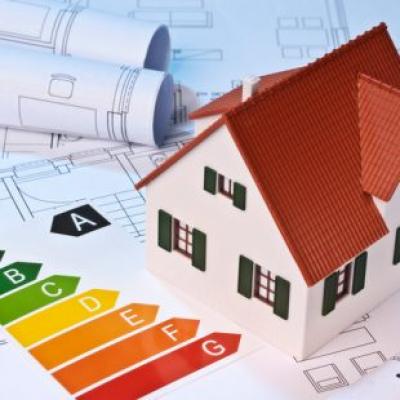NZELB is the governance framework established in 2022 from Edinburgh's 2030 Climate Strategy. The board is tasked with supporting the collaborative development of strategic city infrastructure in line with Edinburgh's 2030 net zero target. It comprises six city partners: Scottish Power Energy Networks (SPEN), SGN, Scottish Water, NHS Lothian, the University of Edinburgh and the City of Edinburgh Council. You can learn more about the board on the City of Edinburgh Council's Climate Action website and Net Zero Edinburgh.
The mapping project uses data to understand the city's current state and build a shared future vision for the net zero transition. As such, we've collected data on the physical environment (including characteristics and locations of assets, networks, energy/heat demand and future generation sources), social vulnerability (including deprivation and fuel poverty) and future development work (including planned future investments for the six partners as well as city development plans for transport, adaptation and biodiversity).
Data mapping can build a holistic view of the necessary infrastructure transition to net zero. Carrying out the work has highlighted one of Scotland's barriers to data-informed climate action: the lack of a centralised repository for viewing and accessing spatial data. While data access and licensing create another barrier, much of our collected data is public. You can access a public version of the Climate Action Map to share learning and compound impact.
The next stage is to explore how to use the maps to support decision-making through continued engagement with the Net Zero Edinburgh Leadership Board. We've already seen how engaging portraying climate action plans as visuals can be through presenting the mapping work at the All-Energy conference, the Edinburgh Climate Compact and the Clean Heat Edinburgh Forum. The power of these visuals in communicating complex data is a testament to the impact of your engagement. While the maps can serve as a tool for analysis, they are most powerful in communication and their use can support collaborative decision making.
We are always looking for better, more complete data to tell better stories and make better decisions. As such, we welcome any suggestions for additional elements to add to the map. Whether that's the output from air quality meters or solar panels, if you think it helps to build up the city's story, please reach out to kira.myers@ed.ac.uk.
The saying may be, "What gets measured gets managed," but with mapping, we hope that "what gets seen gets solved."



